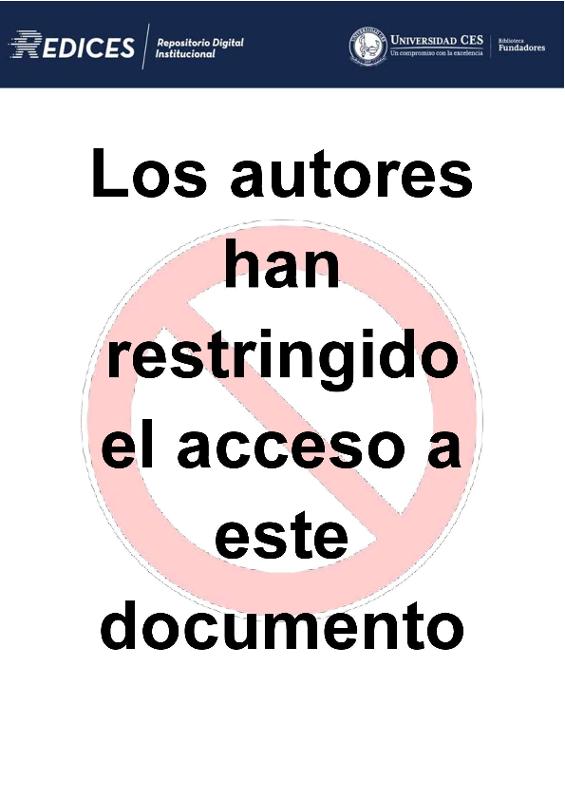Two years evaluation of buccal bone defects on mandibular lateral segments in patients after orthodontic treatment with and without piezocision: A cohort retrospective study

Date
2021-08-18
2021-08-18
Author
Aramburo Calle, María Estefanía
Delgado Tobón, Sara
Álvarez Castrillón, María Antonia
Rey Mora, Diego
Aristizábal, Juan Fernando
Ríos, Héctor
Bellaiza Cantillo, Wilhelm
Cevidanes, Lucía
Metadata
Show full item record
Show full item record
Abstract
Introduction: The aim of this study was to compare, two years after retention, the magnitude of dehiscences and fenestrations in the buccal bone of the tooth in the mandibular lateral segments in patients who underwent orthodontic treatment with and without Piezocision. Methods: The study sample consisted of Cone-beam computed tomography (CBCT) scans taken before treatment (T0), after orthodontic treatment (T1) and two years after retention (T2) of 28 patients with Angle's Class I and mild Class II or III malocclusion, with moderate mandibular anterior crowding. The experimental group consisted of 13 patients that had piezocision performed at the beginning of treatment and was compared with 15 patients who did not receive piezocision. The measurement of bone defects of the tooth in the mandibular lateral segments (mandibular canines, premolars, and first molars) were evaluated at baseline, at the end of the orthodontic treatment and two years after retention. Results: A statistically significant increase in dehiscences from baseline to completion of treatment was found. A decrease in dehiscences from completion of treatment until after two years of retention was observed. In general, no statistically significant difference was found between groups. Conclusions: No significant differences were found in buccal dehiscences and fenestrations in the tooth of the mandibular lateral segments between patients after two years of retention of orthodontic treatment with and without Piezocision. Dehiscences increased from T0 to T1 and decrease from T1 to T2 in both groups, showing that the bone returns to its initial state two years after retention in both control and experimental group.Impacto
Collections
